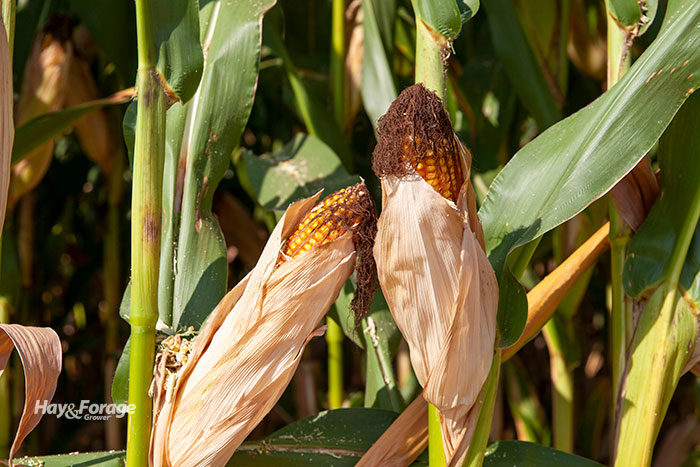
The age-old battle of determining the optimum corn silage hybrid maturity has always been a bit like playing Russian roulette.
The higher yields promised by pushing the maturity higher for a given location is always appealing. Conversely, that advantage is compromised if the planting season is delayed, there is an early fall frost event, or both of these events happen.
One situation where planting a shorter-season hybrid offers an additional advantage is where double cropping a winter annual comes into play. Planting winter rye or winter triticale in the fall is becoming a popular option among many dairy producers, and a timely planting date is paramount to achieving maximum yields from these cereal forages.
According to Tom Kilcer, a private research and crop consultant in Kinderhook, N.Y., Cornell University corn silage hybrid performance trials show only small yield improvements as maturity range lengthens. This minimal loss on the corn silage side is more than compensated for by an early and timely planting of the cereal forage.
“When we shorten the corn season, then on average you lose 3/4 ton of silage for every 5-day drop in corn relative maturity,” Kilcer explains. “The difference between hybrids of the same maturity can be even greater than that. Shortening the season from 95- to 100-day maturity down to an 85-day hybrid would theoretically result in 3 tons of silage per acre less, or 1 ton of dry matter.”
By adopting a double cropping system, all of the growing season is used to produce forage. “This can directly increase your yield per acre by 30% to 35% per year while simultaneously conserving soil and nutrients and improving soil structure for long-term yield gain,” Kilcer notes.

